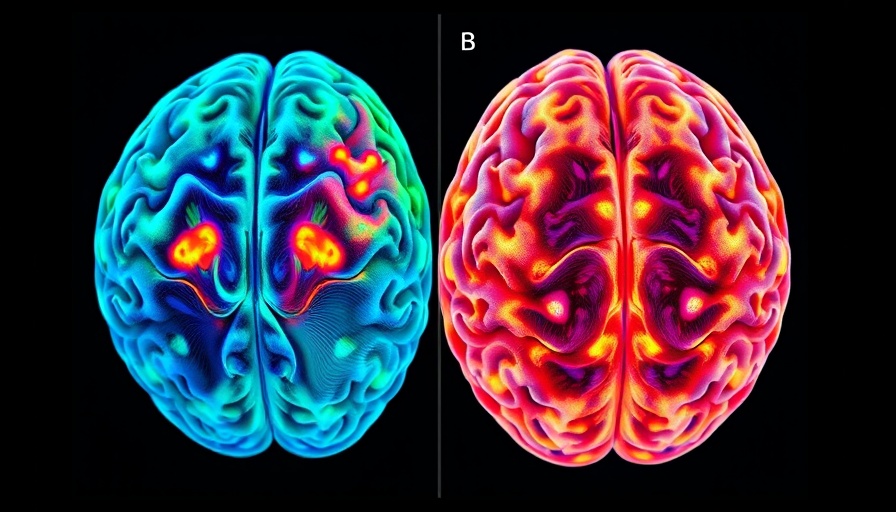
Electroencephalography: A New Frontier for Language Disorder Treatment
Recent research from the Institute of Science Tokyo has demonstrated that electroencephalography (EEG) could significantly reshape the way we treat language disorders, such as aphasia. Aphasia is commonly linked to damage in specific brain areas like Broca's region, which is responsible for speech production. Traditional methods, notably functional magnetic resonance imaging (fMRI), have been the gold standard for identifying brain regions involved in language tasks. However, fMRI's prohibitive costs and logistical challenges make it less accessible for routine clinical use.
Comparative Effectiveness of EEG and fMRI
The breakthrough study reveals that EEG exhibits an impressive 80% agreement with fMRI in locating brain regions activated during language tasks. This level of accuracy positions EEG as a viable alternative to fMRI for guiding treatment options. In particular, EEG can direct transcranial direct current stimulation (tDCS), a non-invasive method that stimulates brain activity. The study found that participants who underwent EEG-guided tDCS showed notable improvements in picture-naming speed, suggesting that EEG-driven protocols could enhance therapeutic outcomes for individuals with language impairments.
Why Choose EEG Over fMRI?
Given that EEG is more affordable and portable than fMRI, its adoption could democratize access to advanced treatments for language disorders. As highlighted by Professor Natsue Yoshimura, EEG measures neuronal activity through electrical potentials on the scalp. This portable technology may not only simplify the process of identifying problem areas in the brain but could also facilitate early intervention for patients suffering from aphasia.
The Future of Language Disorder Treatments
The implications are profound: with the adoption of EEG in clinical settings, more healthcare providers could leverage the technology to better diagnose and treat language disorders. This evolution not only promises improved patient experiences but also opens doors for further research into neurotherapy, driving innovations in how language disorders are understood and managed.
 Add Row
Add Row  Add
Add 




Write A Comment